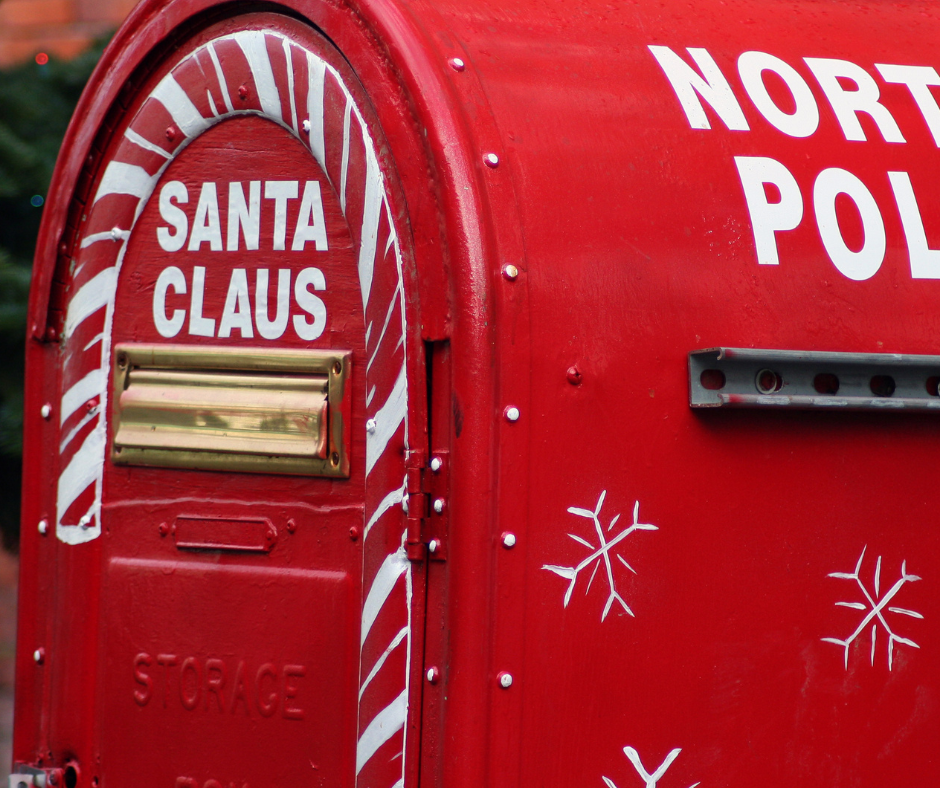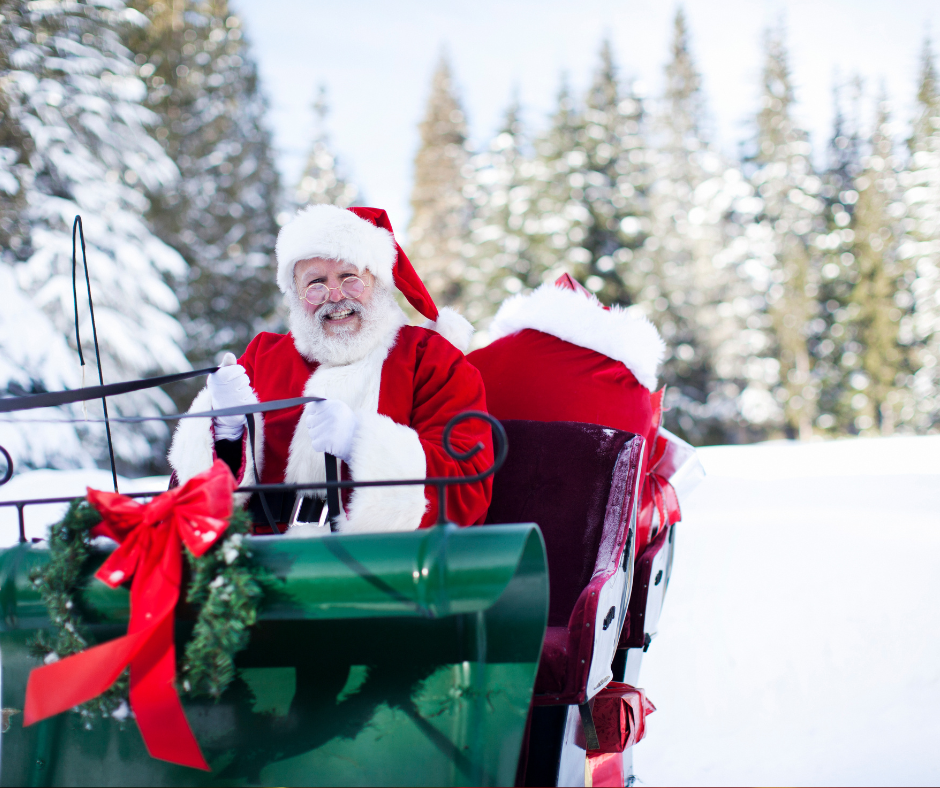Letter to Santa
For generations, writing a letter to Santa has been a cherished tradition that brings magic and excitement to children all over the world. Every year, millions of kids sit down to put their hopes, wishes, and good deeds into words for the jolly man in the red suit. It’s more than just a simple wish list—it’s a reflection of their dreams, their innocence, and the belief in something greater during the most magical time of year.

What the Letter to Santa Means to Kids
For children, writing a letter to Santa isn’t just about asking for presents. It’s an opportunity to connect with the spirit of Christmas, knowing that their dreams and wishes are heard. It represents the possibility of wonder, generosity, and a season of surprises. Kids believe that Santa, with his flying reindeer and magical workshop at the North Pole, is not only listening but also watching as they try to be their best selves leading up to Christmas.
The letter symbolizes the hope that no matter where they are or what they’re asking for, Santa knows them. It fosters excitement and anticipation as they imagine him reading their words and working with his elves to prepare their gifts.
What Should a Letter to Santa Contain?
A letter to Santa should be more than just a list of toys and gadgets. It’s an opportunity for children to express themselves and reflect on their year. Click here for a Dear Santa Letter Template. Here are a few important elements every Santa letter should include:
- Greeting- Every good letter starts with a warm, friendly greeting. Children might write something like “Dear Santa” or “Hello Santa Claus” to start things off on the right note. It sets the tone for the rest of the letter and makes the communication feel personal.
- Thank You- Santa may deliver presents, but he’s also a symbol of kindness and generosity. Encourage children to express gratitude. They can thank Santa for the gifts they received last year or for spreading joy to kids around the world. It’s a great way to teach children that the season is not just about getting but also about appreciating what we have.
- Mention Good Behavior- This part adds a touch of accountability. In most Christmas stories, Santa rewards good behavior. It is common for kids to reflect on how they’ve been over the past year. They might mention ways they’ve tried to be kind, helpful, or responsible, giving them a chance to highlight their efforts.
- The Wish List- Of course, the wish list is a big part of the letter. Kids should feel free to share what they’re hoping for this Christmas, whether it’s toys, games, or even a special experience. It’s also helpful to encourage them to think beyond themselves. Maybe they want to ask for something for a sibling, friend, or even their community. This part of the letter helps build excitement as they imagine what might be under the tree come Christmas morning.
- Closing- The letter should wrap up with a heartfelt closing. Something as simple as “Merry Christmas” or “Love, [child’s name]” makes it feel complete. Some children may even want to ask how Mrs. Claus, the elves, or the reindeer are doing.

Purpose of the Letter to Santa
The purpose of writing a letter to Santa goes beyond getting presents. It’s a moment for children to reflect on what they value, share their gratitude, and express their hopes. For parents, it’s a window into their child’s mind—a glimpse of what they’re dreaming about and how they view the world around them. It’s also a creative exercise, encouraging children to put their thoughts into words and engage in the tradition of letter writing.
Moreover, the act of writing and sending a letter to Santa teaches kids about patience. In a world where instant gratification is everywhere, they have to wait for Christmas morning to see if their wishes come true. This builds excitement but also nurtures an appreciation for the magic that comes from waiting for something special.

Why This Tradition Matters
In today’s digital age, writing a physical letter feels more personal and special. It brings back the charm of anticipation, of physically mailing something off, and waiting for a response.
By writing letters to Santa, children engage in a meaningful tradition that’s been passed down through generations. It connects them to a larger sense of community, knowing that kids all over the world are doing the same thing. It’s a tradition that brings families together as parents share in their child’s excitement and help them craft the perfect letter.
How to Make It Extra Special
- Personalize- Encourage your child to add drawings or decorations to their letter. It makes it more fun and interactive for them.
- Send to North Pole- There are several organizations that allow letters to Santa to be sent to the “North Pole” with responses. Look into local postal services or programs that offer this.
- Create a Keepsake- Save a copy of your child’s letter each year. This will create a wonderful holiday memory book for the future.
The Magic of Belief
Ultimately, a letter to Santa is about more than the toys. It’s about the magic of belief—the belief that there’s something bigger, something wondrous, and something deeply kind at work during the Christmas season. For children, that belief fuels their excitement and makes the holidays truly magical.
